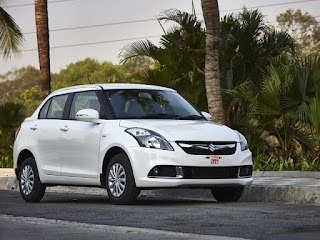Optimal Multi-Taxi Dispatch forMobile Taxi-Hailing Systems

Optimal Multi-Taxi Dispatch for Mobile Taxi-Hailing Systems Traditional taxi-hailing systems through wireless networks in metropolitan areas allow taxis to compete for passengers chaotically and accidentally, which generally result in inefficiencies, long waiting time and low satisfaction of taxi- hailing passengers. In this paper, we propose a new Mobile Taxi-hailing System (called MTS) based on optimal multi-taxi dispatch, which can be used by taxi service companies (TSC- s). Different from the competition modes used in traditional taxi-hailing systems, MTS assigns vacant taxis to taxi-hailing passengers proactively. For the taxi dispatch problem in MTS, we define a system utility function, which involves the total net profits of taxis and waiting time of passengers. Moreover, in the utility function, we take into consideration the various classes of taxis with different resource configurations, and the cost associated with taxis’ empty travel distances. Our goal is to maximize t...
